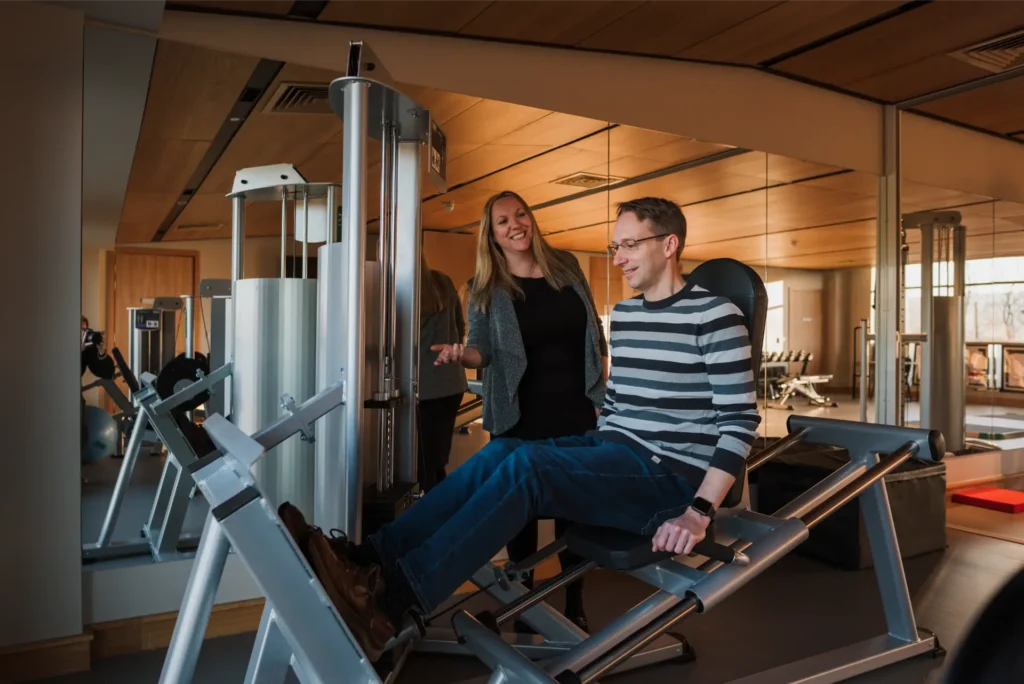Immediate Care & Medications
In the early stages, rest, ice, compression, and elevation (RICE) can help minimise swelling and pain. Over-the-counter or prescription pain relievers may be used temporarily.
Physical Therapy
A structured rehabilitation plan often focuses on restoring strength, flexibility, and proper biomechanics. Exercises are customised to your sport or activity to prevent reinjury and foster optimal performance.
Manual & Interventional Therapies
Techniques like massage or joint mobilisation may reduce pain and promote healing. Corticosteroid injections can address inflammation, while more severe cases might require surgical consultations or minimally invasive procedures.
Lifestyle & Preventive Strategies
We often recommend activity modification, cross-training, or protective equipment to minimise stress on injured areas. Strength and conditioning programmes help improve overall resilience, and nutritional guidance supports tissue repair and recovery.
Our approach to sports injuries combines evidence-based medical treatments with tailored rehabilitation programmes:

